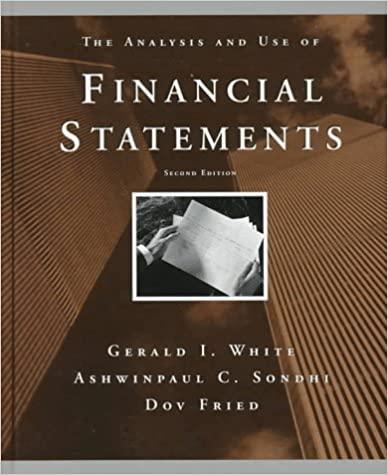Answered step by step
Verified Expert Solution
Question
1 Approved Answer
PART A ( 3 5 points ) Question 1 ( 3 0 points ) Table 1 : Investor profile: Age Age in years The student
PART A points Question points
Table : Investor profile: Age
Age in years The student whose first name begins with the following letters
A B C D E F G
H I, J K
L M N O P Q R
S T U V W
X Y Z
Students are required to create their strategic asset allocation using this investor profile and the capital market assumptions given in Appendix
Use years old as an example. You have been assigned an investor profile based on your age. Based on this profile, you must answer the following questions a to e To determine your investor profile, follow this rule: Your maximum allocation to Equity must not exceed your age
a Suppose you have an asset manager who proposes the following Strategic Asset Allocation SAA for portfolios suitable for investors in different age groups. Which portfolio would you choose? Why? points
Table : SAA for different investor profiles
Portfolios SAA
Asset class Conservative Moderate Balanced Growth High Growth
AU Equity
Developed Market DM exAU Equity
Emerging Market EM Equity
Infrastructure
Private Equity
Private Debt
AU Govt Bonds
AU Inflation Linked Bonds
AU Corp Bonds
Global exAU Govt Bonds Hedged
Global exAU Corp Bonds Hedged
AU Cash
Appendix : Capital Market Assumptions year Annualised
Asset Classes Nominal Returns AUD Nominal Volatility AUD
Equity Global Equity
Developed Markets DM Equity
AU Equity
Developed Markets DM exAU Equity
Emerging Markets EM Equity
Alternatives
Infrastructure
Private Equity
Private Debt
Fixed
Income Global Composite Bonds
AU Fixed Income
AU Govt Bonds
AU Inflation Linked Bonds
AU Corp Bonds
Global ex AU Fixed Income Hedged
Global exAU Govt Bonds Hedged
Global exAU Corp Bonds Hedged
Cash AU Cash
b You asked your investment manager to send you the Capital Market Assumptions CMAs they had used for these allocations. These are given in Appendix Use these CMAs and Carvers topdown approach to create your own SAA. Follow these rules while creating your portfolio. points
i Keep the cash allocation as it is
ii Keep the allocation to Equity, Alternatives and Fixed Income as they are in the portfolio suggested by your manager. For example, if you selected the conservative portfolio, your allocation to Equity, Alternatives, and Fixed Income should be kept at and respectively.
iii Use Carvers method to allocate for allocation within Equity, Alternatives and Fixed Income. For example, if you selected the Conservative portfolio in part a then of your portfolio should be allocated between AU Equity, Developed Market DM exAU Equity and Emerging
Market EM Equity using Carvers method. And will do the same for Alternatives and Fixed Income assets.
There are several ways to distribute your portfolio within Equity and Fixed income. For example, you can allocate within equity in two steps or in one step. Please show the SAA using both the one step and twostep processes.
c Which one of the two SAAs you created in b following the onestep and twostep Carvers Topdown approaches will you choose? Explain. points
d Compare the expected rate of returns of the portfolios suggested by your investment manager and the one you created. Which one would you prefer? Why? points
e From the table below, estimate the Sharpe Ratio of the portfolio created by the Carver method and your investment manager. Which portfolio would you choose? Explain your selection. For portfolio returns in columns and of Table use your estimates from the previous question. points
Table : Performance ofthe portfolos
Portfolios Returns
Manager Volatility Manager Returns Carver onestep method Volatility
Carver onestep method Returns Carver twostep method Volatility Carver twostep method
Conservative
Moderate
f Will you change your allocation if you have twice the amount of wealth you have now? points
Step by Step Solution
There are 3 Steps involved in it
Step: 1

Get Instant Access to Expert-Tailored Solutions
See step-by-step solutions with expert insights and AI powered tools for academic success
Step: 2

Step: 3

Ace Your Homework with AI
Get the answers you need in no time with our AI-driven, step-by-step assistance
Get Started


